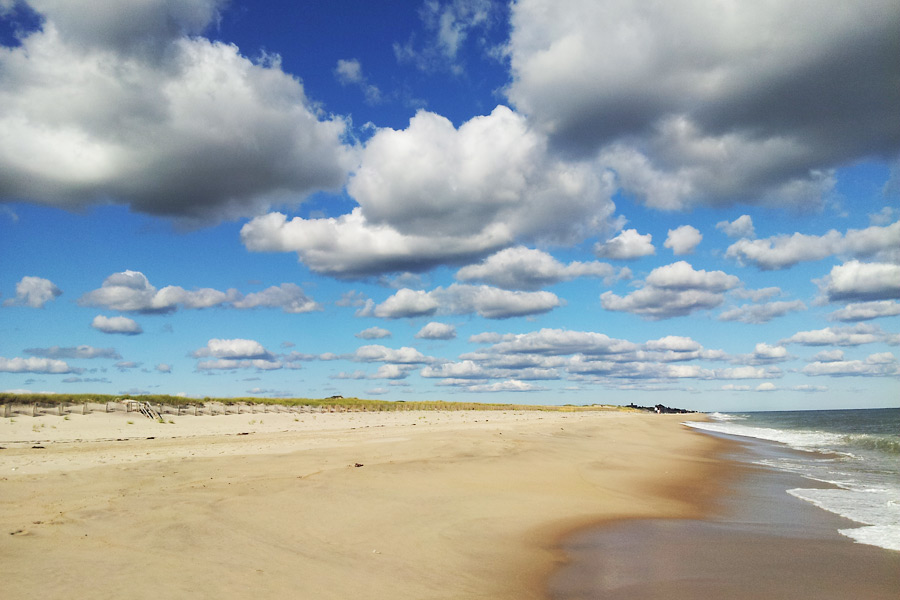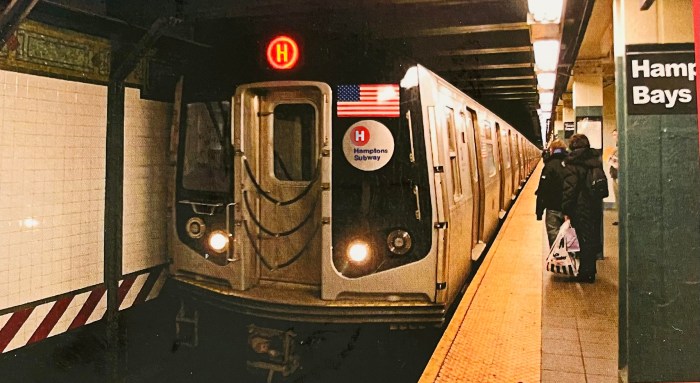As the second anniversary of Hurricane Sandy approaches, memories of the destruction produced by the storm still haunts most Long Islanders.
I have lived in Massapequa since 1982. During that time, I have lived through Hurricane Gloria, blizzards, torrential rainstorms and Hurricane Irene. What happened the night of 10-29-12 was traumatic for me, my wife and daughter.
We decided to stay in our home that night as did most of my neighbors since Hurricane Irene the year before turned out to be a false alarm. We also left all three of our cars in the driveway. Between 7 and 7:30 p.m., it went from being dry to the water reaching the first front step of our house. It happened so quickly that we did not get a chance to move our cars. Within an hour, there was five feet of water in our basement and two feet in our first floor.
Fortunately, we have a split level home so the living room level and bedroom level were unaffected and we were able to remain in the home. We lost all three of our cars and our basement, garage and all three rooms in our ground level were ruined. We lived without heat and power for three weeks. It was a horrible time.
It took about six months to repair our home and the property. FEMA was very fair as was GEICO, who replaced our cars. I had nightmares about that night for almost a year and am still very anxious during hurricane season.
While our beaches, ports and most homes have been rebuilt, little has been done to curb the causes of such mega storms.
We have all seen the commercials from the gas and oil companies about the wonders of hydraulic fracturing. In this process drillers use millions of gallons of high-pressure water mixed with sand and over 500 chemicals (some of which are known carcinogens) to break apart shale rock deep underground to release methane gas and oil.
The commercials always paint a rosy picture of how “environmentally safe” fracking has increased our gas and oil production, and lowered the price of gas. Unfortunately, there are
few commercials that show the other side of fracking. Furthermore, some of the methane gas released in this process is not collected and seeps into the atmosphere. This along with the burning of gas and other fossil fuels increases the amount of carbon in the atmosphere, which contributes to global warming and climate change.
Super storms like Irene and Sandy were fueled by warmer ocean waters, which made them stronger and more destructive. While we experienced a cooler summer in the Northeast, meteorologists report world temperature was actually above normal; world temperature in August broke the record set in 1998.
It is of the utmost importance to educate the public and rally support against fracking and other factors that threaten the environment and our way of life.
Lou Sabatini






























